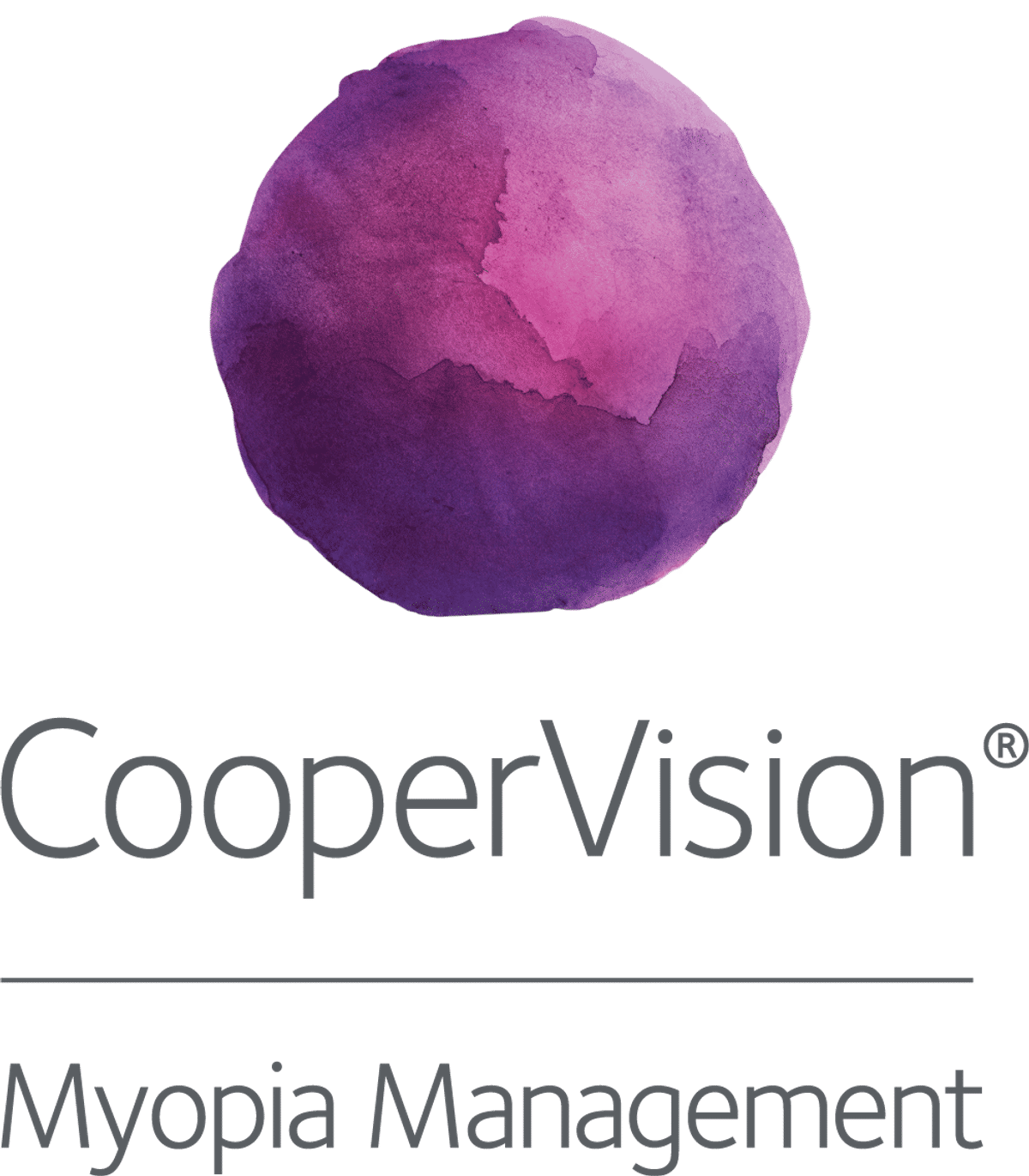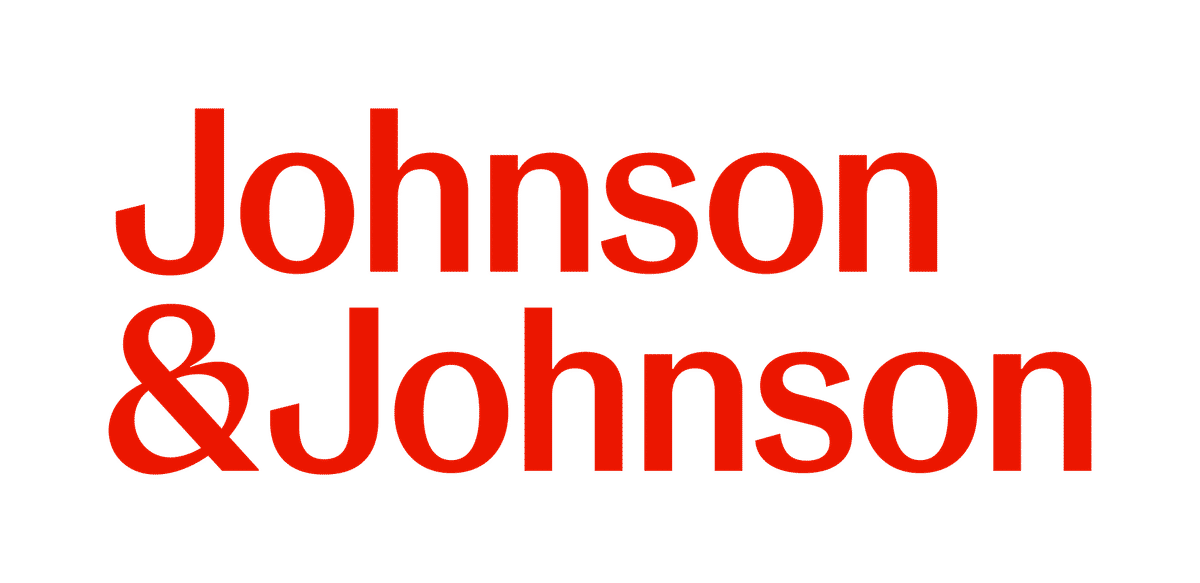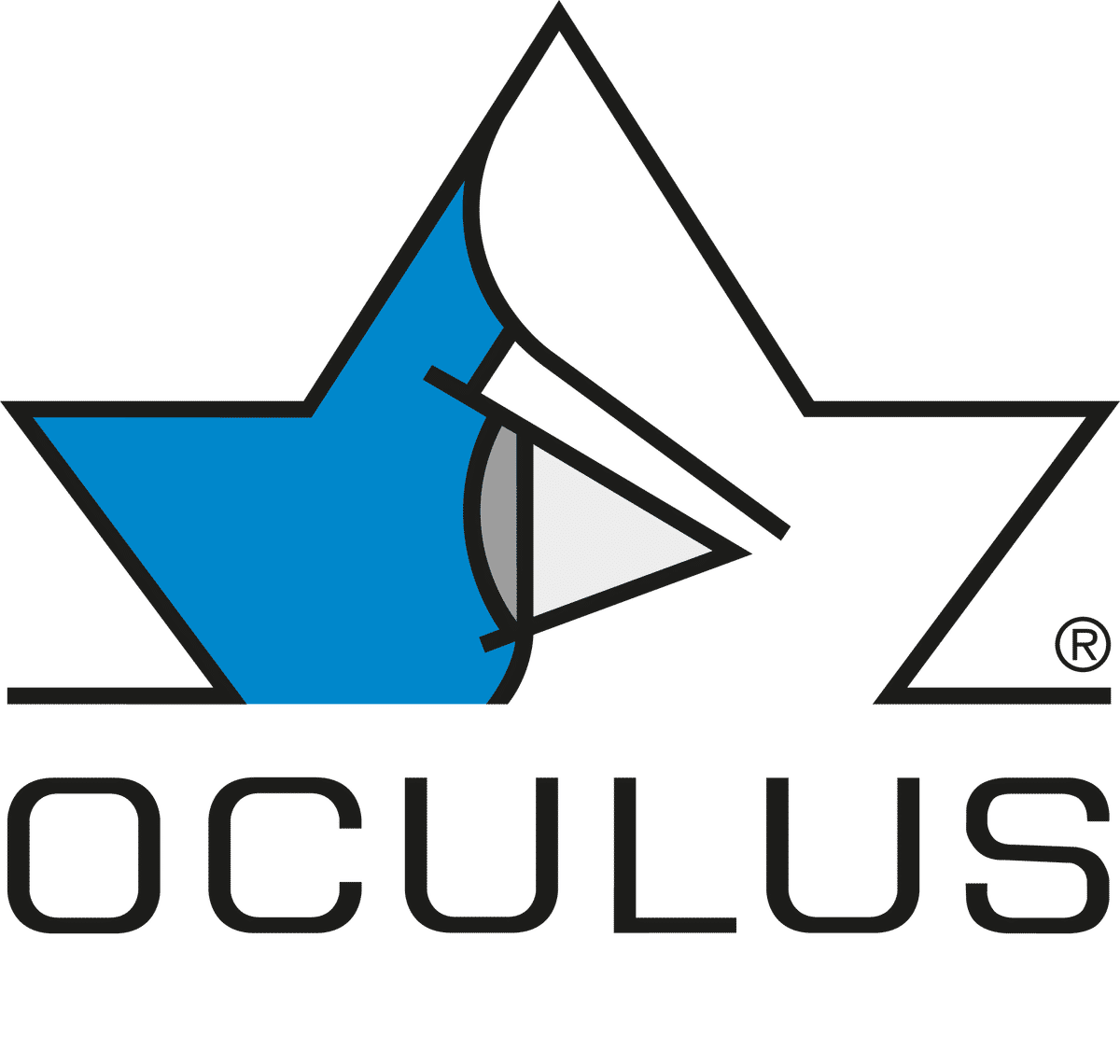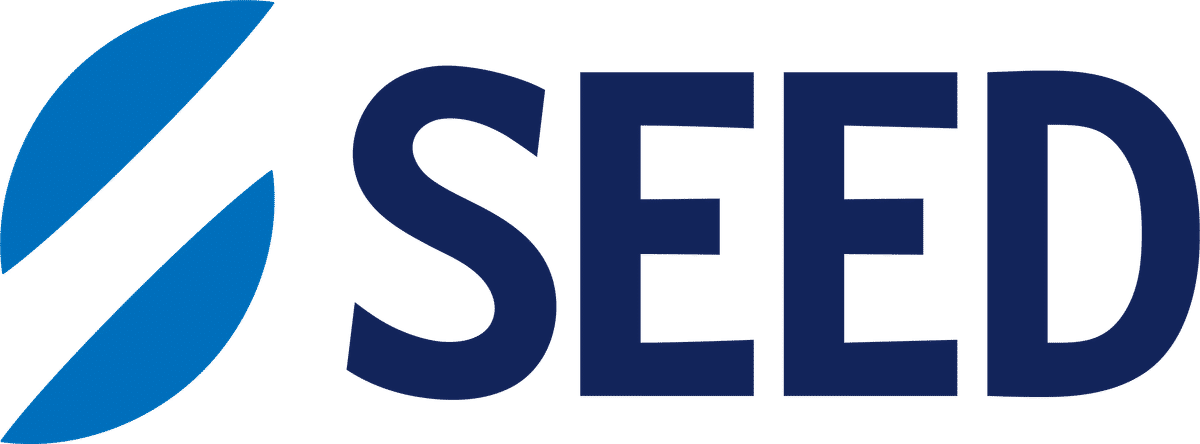Clinical
The next generation spectacle lenses for myopia control

In this article:
Originally posted April 27, 2021
Updated September 29, 2025
The newest myopia controlling spectacles can both correct and control myopia as effectively as most contact lens options. This is a highly appealing prospect for myopia control practice, as spectacles are likely an easier place to start, and not all children are ready or willing to wear contact lenses.
Spectacle lens myopia control has now moved on from the earliest days of progressive addition and bifocal options to this new generation of myopia controlling specific designs. These are the product of much time and money invested in research and development.
We investigate and compare their design, mechanism, and efficacy for myopia control.
- What do the lens designs have in common?
- How do they work?
- Defocus Incorporated Multiple Segments (DIMS) - HOYA MiYOSMART
- Highly Aspherical Lenslet (HAL) technology - Essilor Stellest
- Diffusion Optics Technology (DOT) – SightGlass Vision DOT
- Cylindrical Annular Refractive Element (CARE) – Zeiss MyoCare, MyoCare S
- Asymmetric myopic peripheral defocus lenses (MPDL) – IOT MyoLess
- Which treatment is the most effective?
What do the lens designs have in common?
Most newer myopia control spectacle lens designs behave like a single vision lens for myopia correction, with an overlaying 'treatment zone' for myopia control.
Typical characteristics of a myopia control spectacle lens (image source: Zeiss).
- Clear central aperture: each has a clear single vision distance zone in the centre of the lens, usually with a diameter between 7 to 10mm.
- Alternating treatment zones: the surrounding area contains elements (e.g. lenslets) which provide myopic defocus across the retina. In the case of DOT, diffusive microdots disperse light onto the retina and modulate contrast. MPDL lenses use freeform technology (like a progressive lens) to incorporate defocus.
- Single vision ‘background’: each design (except for MPDL) has a 'background' of single vision correction throughout the periphery of the lens.
- Do not alter binocular vision or accommodation: DIMS and HAL lenses behave like a single vision lens and do not alter accommodation or binocular vision function. Early data for the DOT lens appears similar. There is no such data for the CARE or MPDL lens yet.
- Each should be fit like a single vision lens: the interpupillary distance and fitting height should be carefully measured, and the frame adjusted to securely fit the child’s face, to ensure the clear central zone is optimized for good vision and centration.
How do they work?
In the past, the predominant theory of myopia control was the peripheral defocus theory, whereby the peripheral retina receives myopic defocus as a slow-down or stop signal for eye growth. More recently, the prevailing thought is the simultaneous myopic retinal defocus theory.
The simultaneous myopic defocus theory involves two planes of focus:
- One plane on the retina to correct myopia
- A second plane in front of the retina for myopic defocus - anywhere across the retina, and not just in the periphery
DIMS technology works on the concept of creating simultaneous defocus, during both distance and near viewing - one plane on the retina due to the single vision zone(s) of the lens, and one plane creating myopic defocus due to the +3.50D defocus lenslets.
HAL technology takes this a step further by introducing the concept of a 'volume of myopic defocus'. Consider this a shift in theory from simultaneous defocus in two planes (one being on the retina to correct myopia, and the other in front of the retina for myopic defocus) to a three-dimensional 'volume' of defocus in front of the retina of varying dioptric power.
CARE lenses use the myopic defocus theory, by employing cylindrical refractive elements to generate defocus. With cylindrical elements rather than traditional spherical ones, the light that passes through them doesn't focus to a single point.
MPDL lenses are designed to induce simultaneous myopic retinal defocus during distance and near vision, like DIMS and HAL lenses. However, the lens uses a freeform design for producing defocus, rather than lenslets. The treatment area incorporates a peripheral defocus of +1.50 D nasally, +1.80 D temporally, and +2.00 D inferiorly.
DOT lenses are based on the contrast theory of myopia – an entirely different approach. Instead of employing lenslets to create simultaneous defocus, the SightGlass DOT lens uses diffusers to modulate retinal contrast.
Defocus Incorporated Multiple Segments (DIMS) - HOYA MiYOSMART
HOYA MiYOSMART spectacle lenses use Defocus Incorporated Multiple Segments (DIMS) technology, designed by Hong Kong Polytechnic University.
DIMS spectacle lenses comprise a central optical zone (9 mm in diameter) for correcting distance refractive errors. This is surrounded by a 33 mm diameter annular zone with multiple segments, with each segment having a relative positive power of +3.50 D and diameter of 1.03 mm. This design simultaneously introduces myopic defocus and provides clear vision for the wearer at all viewing distances.
In the two-year randomized clinical trial, Hong Kong Chinese children aged 8-13 years with myopia -1.00 to -5.00D and no more than 1.50D astigmatism wore either single vision distance (SV) or the DIMS spectacle lens. After two years (n=160), average myopia progression was -0.41D vs -0.85D and 0.21mm vs 0.55mm in DIMS and SV respectively, representing a 50-60% control effect. 21.5% of children who wore DIMS had no myopia progression over two years, compared to only 7% of those who wore SV lenses.
Long-term data for DIMS spectacle lenses confirm their sustained efficacy and safety. The 6-year published data showed that DIMS spectacle lenses provided a sustained myopia control effect in children who continuously wore the lenses for up to 6 years.
Efficacy (two-year study): 50% refractive and 60% axial length efficacy in Hong Kong Chinese children, with an absolute effect of 0.44D less myopia progression and 0.34mm less axial elongation.
Highly Aspherical Lenslet (HAL) technology - Essilor Stellest
Essilor Stellest™ spectacle lenses incorporate Highly Aspherical Lenslet (HAL) technology in their lens design.
HAL spectacle lenses are comprised of a spherical front surface with 11 concentric rings formed by contiguous aspherical lenslets (diameter of 1.1 mm). The area of the lens without lenslets provides distance correction.
The geometry of aspherical lenslets has been calculated to generate a volume of myopic defocus (VoMD) in front of the retina at any eccentricity, serving as a myopia control signal.
In the two-year randomized clinical trial, Chinese children (n=157) aged 8-13 years with myopia of -0.75D to -4.75D were randomized into either single vision (SV), highly aspherical lenslet (HAL) or slightly aspherical lenslet (SAL) spectacle lenses. After two years, myopia progressed by -0.66D/0.34mm in the HAL group, -1.04D/0.51mm in the SAL group and -1.46D/0.69mm in the SV group.
Daily wearing time was self-reported, with a mean of around 13.5 hours per day, similar across the groups. Children who self-reported wearing the HAL lenses at least 12 hours every day showed 0.99D less final myopia and only 0.28mm of total axial growth over two years.
Long-term studies have been published on HAL spectacle lenses. The 5-year data showed that children who continuously wore HAL spectacle lenses for 5 years had 1.75D less myopia progression, 0.72mm less axial elongation, and 29% reduced incidence of high myopia, compared to controls. Additionally, 6-year data has been announced, pending journal publication.
Efficacy (two-year study): 55% refractive and 50% axial length efficacy for HAL spectacle lenses in Chinese children, with an absolute effect of 0.80D less myopia progression and 0.35mm less axial elongation.
For children who wore HAL ≥ 12 hours every day, the myopia control efficacy increased to 0.99D (67%) and 0.41mm (60%), respectively.
Diffusion Optics Technology (DOT) – SightGlass Vision DOT
SightGlass Vision DOT spectacle lenses use Diffusion Optics Technology (DOT), which are a little bit different from DIMS and HAL in that they do not use lenslets, but diffusers.
What are these diffusers? They are thousands of small elements across the lens, shaped as dots that scatter light onto the retina and slightly reduce contrast. The small (around 5mm) central section of the lens does not incorporate these dots, providing clear vision and facilitating lens power verification.
DOT lenses are based on the contrast theory, which suggests that high retinal contrast signals (e.g. in indoor environments) may stimulate axial elongation.
Lowering of retinal image contrast with a DOT lens (source: SightGlass Vision).
SightGlass Vision DOT lenses have been investigated in the CYPRESS study, a 4-year multicenter randomized controlled trial undertaken in North American children aged 6-10 years, with myopia of -0.75 to -4.50D.
Despite the significant disruption, DOT lenses reduced axial elongation by 0.20 mm and refractive error progression by 0.52 D compared to controls over four years. The most significant treatment benefits were observed in the first year (pre-COVID) – a 0.40D (74%) reduction in myopia progression and a 0.15mm (50%) reduction in axial elongation. In the fourth year, eye growth in DOT wearers was similar to physiological eye growth observed in age-matched emmetropic eyes.
Efficacy (one-year study): Around 74% refractive and 50% axial length efficacy in North American, multi-ethnic children for the DOT lenses, with an absolute effect of 0.40D less myopia progression and 0.15mm less axial elongation.
Cylindrical Annular Refractive Element (CARE) – Zeiss MyoCare, MyoCare S
Zeiss MyoCare and MyoCare S are two variants of Cylindrical Annular Refractive Element (CARE) spectacle lenses, manufactured by ZEISS Vision Care International GmbH (Germany).
The CARE lens incorporates a 7 mm central zone, whereas the CARE S lens incorporates a 9 mm central zone. The nominal power of the cylindrical elements for CARE is +9.2 D and translates to a mean relative positive power of +4.6 D, whereas with CARE S, the nominal power of the cylindrical elements was +7.6 D and translated to a mean relative positive power of +3.8 D.
The two lenses were originally designed as part of a one-year clinical study to determine if a higher positive power (CARE) could provide a greater myopia control efficacy (compared to CARE S).
Schematic illustration of the features of CARE and CARE S spectacle lenses.
In a 2-year randomized controlled trial, 240 Chinese children (aged 6 to 13) with myopia -0.75D to -5.00D were randomly assigned either CARE lenses (80 children), CARE S lenses (80 children) or single-vision (SV) lenses (57 children).
12-month results showed CARE lenses slowed myopia progression by 0.28D (43% reduction) and CARE S by 0.27D (41% reduction) compared to SV lenses.
Efficacy (one-year study): 43% refractive and 37% axial length efficacy in Chinese children, with an absolute effect of 0.28D less myopia progression and 0.12mm less axial elongation.
Asymmetric myopic peripheral defocus lenses (MPDL) – IOT MyoLess
Asymmetric myopic peripheral defocus lenses (MPDL, IOT MyoLess) utilize a freeform design to induce simultaneous myopic retinal defocus for both distance and near vision.
MPDL lenses feature a 7 mm central ovoidal optic zone surrounded by a peripheral treatment area comprising relative positive powers of +1.50 D nasally, +1.80 D temporally, and +2.00 D inferiorly. As a result of the distribution of progressive power across the area of the lens, MPDL lenses produce asymmetrical myopic defocus along the horizontal direction.
The asymmetrical power progression between the nasal and temporal areas of the lens was designed to optimize the lens’ myopia control effects. Faria-Ribeiro et al. reported that a nasal-temporal asymmetry at the retina may be associated a slower progression of myopia.
Spherical equivalent and cylinder power distribution maps for a plano prescription MPDL lens.
In a 1-year randomized controlled trial conducted in Spain, children aged 6-12 years (n=69) with myopia less than −0.50 D were randomly assigned to wear either MPDL or SVL. 12-month results showed that MPDL lenses slowed myopia progression by 0.25D, and axial elongation by 0.09 mm (39%), compared with SV lenses.
2-year results have recently been published for the same trial, finding that MPDL lenses reduced myopia progression by 0.23D (53%) and axial elongation by 0.10 mm (29%) compared with SV lenses.
Efficacy (one-year study): Around 38% axial length efficacy in Spanish children, with an absolute effect of 0.09mm less axial elongation in MPDL wearers.
Which treatment is the most effective?
As direct comparisons cannot be made between studies, we cannot definitively say which of these treatments is clearly superior.
However – based on their one-year randomized controlled trial results, DIMS (HOYA MiYOSMART), HAL (Essilor Stellest), and DOT (SightGlass DOT) lenses appear to have similar efficacy. These interventions can all be described as "slowing progression by at least half".
Below is an overview of the 6- and 12-month results for each of the lens designs.
HOYA MiYOSMART Defocus Incorporated Multiple Segments (DIMS) | Essilor Stellest Highly Aspherical Lenslet (HAL) | SightGlass Vision DOT# Diffusion Optics Technology (DOT) | Zeiss MyoCare* Cylindrical Annular Refractive Elements (CARE) | IOT MyoLess Asymmetric Myopic Peripheral Defocus Lenses (MPDL) | ||||||
| DIMS (n=79) | SV (n=81) | HAL (n=54) | SV (n=52) | DOT (n=83) | SV (n=93) | CARE (n=80) | SV (n=80) | MPDL (n=41) | SV (n=42) | |
Refractive progression (D) | ||||||||||
| 6 months | -0.13 | -0.37 | -0.10 | -0.34 | NA** | NA** | -0.10 | -0.29 | +0.07 | -0.09 |
| 12 months | -0.17 (69%) | -0.55 | -0.27 (67%) | -0.81 | -0.14 (74%) | -0.54 | -0.37 (43%) | -0.65 | 0.00 | -0.25 |
Axial length progression (mm) | ||||||||||
| 6 months | 0.03 | 0.20 | 0.08 | 0.20 | NA** | NA** | 0.10 | 0.17 | 0.06 | 0.12 |
| 12 months | 0.11 (65%) | 0.32 | 0.13 (64%) | 0.36 | 0.15 (50%) | 0.30 | 0.20 (37%) | 0.32 | 0.14 (39%) | 0.23 |
#Available in Canada and UK – not yet available in Australia.
*Zeiss MyoCare also has a ‘CARE S’ design - there were no significant differences between this and the CARE results in overall efficacy.
**NA = not available (data not specified)
What do you see in those results? Let's compare the changes between the control and treatment groups. Keep in mind that we can't directly compare percentage efficacy across multiple studies.
- Control groups. The single vision wearers in each study had similar axial length progression at 6 and 12 months, albeit perhaps slightly slower for the DOT lens control group, for which 6 month data was not available. This is interesting as the DOT lens study includes a younger population, but was undertaken on an ethnically diverse population across 14 sites in North America, compared to the other three studies undertaken on children in China. Refractive progression in the control group was more variable, as this is a less precise measure.
- Treatment groups. Similar axial length progression at 12 months appears in the DIMS, HAL and DOT lens data. Without direct comparison it cannot be concluded with certainty, but the CARE study progression the treatment group does look to be greater than in the other three studies. When it comes to refractive progression, the story appears to be similar.
Meet the Authors:
About Kate Gifford
Dr Kate Gifford is an internationally renowned clinician-scientist optometrist and peer educator, and a Visiting Research Fellow at Queensland University of Technology, Brisbane, Australia. She holds a PhD in contact lens optics in myopia, four professional fellowships, over 100 peer reviewed and professional publications, and has presented more than 200 conference lectures. Kate is the Chair of the Clinical Management Guidelines Committee of the International Myopia Institute. In 2016 Kate co-founded Myopia Profile with Dr Paul Gifford; the world-leading educational platform on childhood myopia management. After 13 years of clinical practice ownership, Kate now works full time on Myopia Profile.
References
- Lam CSY, Tang WC, Tse DY, et al. Defocus Incorporated Multiple Segments (DIMS) spectacle lenses slow myopia progression: a 2-year randomised clinical trial. Br J Ophthalmol. Mar 2020;104(3):363-368. [link]
- Bao J, Yang A, Huang Y, et al. One-year myopia control efficacy of spectacle lenses with aspherical lenslets. Br J Ophthalmol. Aug 2022;106(8):1171-1176. [link]
- Chen X, Wu M, Yu C, et al. Slowing myopia progression with cylindrical annular refractive elements (CARE) spectacle lenses-Year 1 results from a 2-year prospective, multi-centre trial. Acta Ophthalmol. Nov 2024. [link]
- Sánchez-Tena MÁ, Cleva JM, Villa-Collar C, et al. Effectiveness of a Spectacle Lens with a Specific Asymmetric Myopic Peripheral Defocus: 12-Month Results in a Spanish Population. Children (Basel). Feb 2024;11(2). [link]
- Martinez-Perez C, Sánchez-Tena MÁ, Cleva JM, et al. Efficacy of Asymmetric Myopic Peripheral Defocus Lenses in Spanish Children: 24-Month Randomized Clinical Trial Results. Children (Basel). Feb 2025;12(2). [link]
- Rappon J, Chung C, Young G, et al. Control of myopia using diffusion optics spectacle lenses: 12-month results of a randomised controlled, efficacy and safety study (CYPRESS). Br J Ophthalmol. Nov 2023;107(11):1709-1715. [link]
- Neitz M, Patterson SS, Neitz J. Photopigment genes, cones, and color update: disrupting the splicing code causes a diverse array of vision disorders. Curr Opin Behav Sci. Dec 2019;30:60-66. [link]
- Lam CSY, Tang WC, Zhang HY, et al. Long-term myopia control effect and safety in children wearing DIMS spectacle lenses for 6 years. Sci Rep. Apr 2023;13(1):5475. [link]
- Laughton D, Hill JS, McParland M, et al. Control of myopia using diffusion optics spectacle lenses: 4-year results of a multicentre randomised controlled, efficacy and safety study (CYPRESS). BMJ Open Ophthalmol. Oct 2024;9(1). [link]
- Faria-Ribeiro M, Queirós A, Lopes-Ferreira D, et al. Peripheral refraction and retinal contour in stable and progressive myopia. Optom Vis Sci. Jan 2013;90(1):9-15. [link]
Enormous thanks to our visionary sponsors
Myopia Profile’s growth into a world leading platform has been made possible through the support of our visionary sponsors, who share our mission to improve children’s vision care worldwide. Click on their logos to learn about how these companies are innovating and developing resources with us to support you in managing your patients with myopia.












